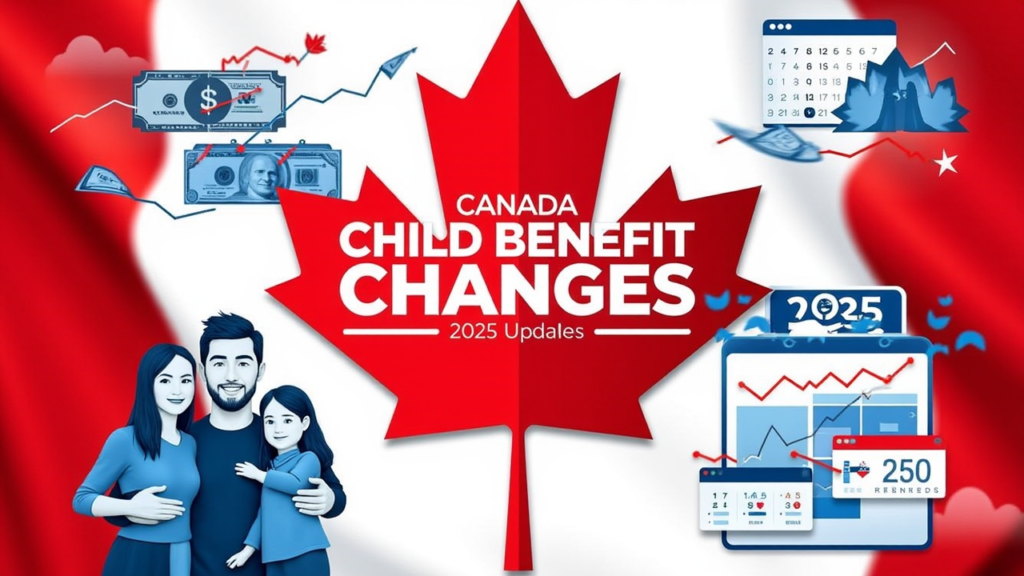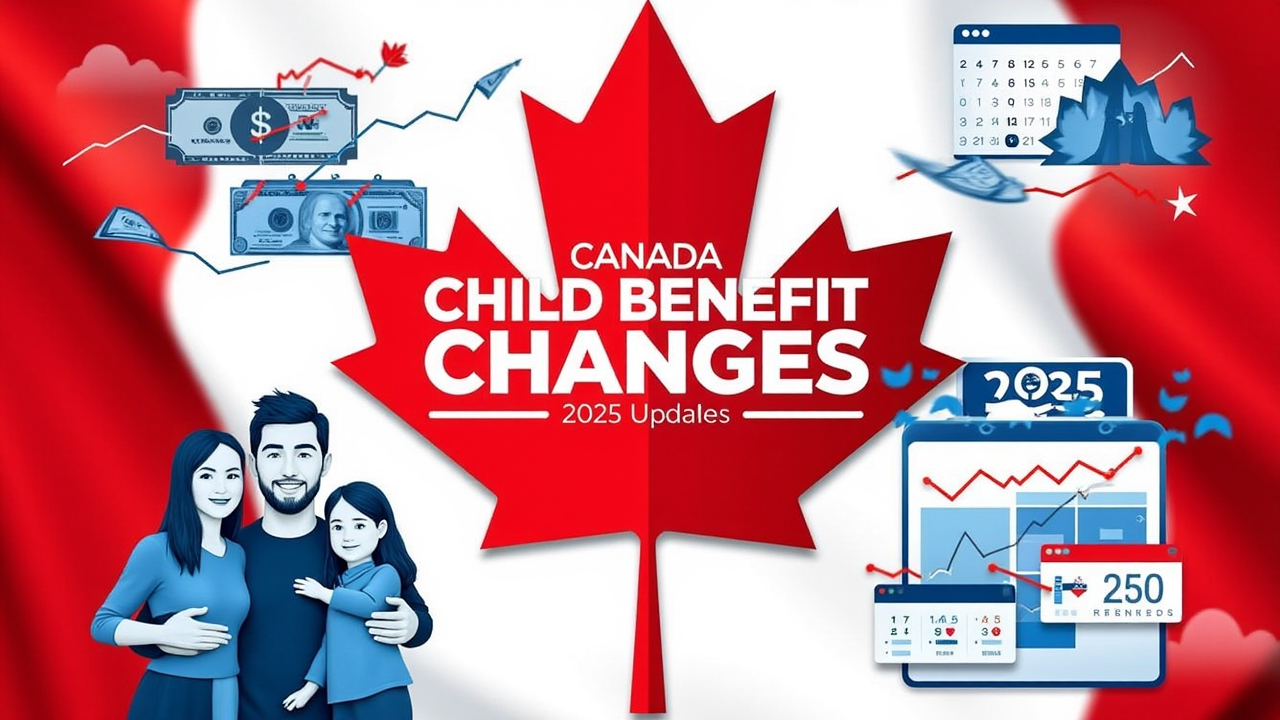Canadian families will get more money in 2025 as Canada Child Benefit (CCB) payments are going to increase. The Canada Revenue Agency (CRA) has declared a 2.7% boost in the benefit to match inflation, allowing parents to have more money to spend on children’s needs. Beginning July 2025, families will have increased monthly payments according to their 2024 tax filings. Children under six will have a maximum yearly benefit increased by $210, and those with children aged 6–17 will have an increased amount of $178 yearly.
This change is meant to alleviate the fiscal pressure on parents in the face of increasing living expenses. The boost will also apply to families being given the Child Disability Benefit (CDB), with a view to providing increased assistance for those with particular needs. These increases come at a time when families are still dealing with economic hardships.
Updated Benefit Amounts
| Category | 2024 Maximum Amount | 2025 Maximum Amount | Increase |
|---|---|---|---|
| Children under 6 years | $7,787 | $7,997 | +$210 |
| Children aged 6 to 17 | $6,570 | $6,748 | +$178 |
| Child Disability Benefit | $3,319 | $3,411 | +$92 |
| Phase-out Threshold | $36,502 | $37,487 | – |
These tax-free payments are made out monthly and serve to relieve parents of basic child-rearing expenses including food, education, healthcare, and leisure activities.
Increased Income Cuts for Increased Access
The CCB has a sliding scale related to Adjusted Family Net Income (AFNI). As family income increases beyond a certain level, benefits taper off. In order to make more families eligible for increased payments, the phase-out limit will be raised from $36,502 to $37,487.
This adjustment guarantees that the families who earn nearly at the threshold get more benefits compared to past years, giving an extra financial aid. Families who benefited from fewer benefits earlier can now get a bit more.
How CCB Payments are Calculated
The calculation of the amount that a family receives under the CCB depends on various factors, which include:
- Family Income: Lower AFNI, which means higher benefits.
- Number of Children: Payments rise with more eligible children.
- Age of Children: Various rates for children under six and children aged 6 to 17.
- Disability Status: Special payments are made for children who qualify for the Child Disability Benefit (CDB).
Payment recalculations each year, based on new tax return information, mean timely filing of taxes is vital to get the proper benefit amount.
Rise in the Child Disability Benefit (CDB)

Families with kids who are eligible for the Disability Tax Credit (DTC) will receive an increase in the Child Disability Benefit (CDB) of 2.7% in 2025. The highest possible annual CDB will increase from $3,319 in 2024 to $3,411 in 2025.
These hikes seek to bring in extra money to support families footing the bills for raising children with special needs. The increased benefits help pay for therapy, specialized education, medical interventions, and assistive technologies, making a big difference for parents coping with the extra expenses of special needs care.
When Do These Changes Take Effect?
The new benefit rates will go into effect from July 2025. Because CCB payments rely on the previous year’s tax return, families need to get their 2024 taxes done on time so they can be paid their benefit amounts correctly. Filing late taxes might cause delayed or inaccurate benefit amounts, so parents have to make sure their tax information is up-to-date.
Why These Changes Matter
The raise in Canada Child Benefit (CCB) in 2025 is a much-needed relief for households with additional living expenses. As inflation touches necessary expenses, such changes guarantee Canadian parents ongoing financial aid to provide for their kids.
These reforms are important in enhancing the welfare of children to ensure that families receive adequate financial support to secure stable living, nutrition, education, and health. Government assistance through increased benefits creates a conducive environment for the well-being of children.
By being aware and paying taxes in a timely manner, families can get the most out of their benefits and make the most of the higher payments. This program highlights the government’s dedication to giving economic relief to parents and enhancing child welfare throughout Canada.
